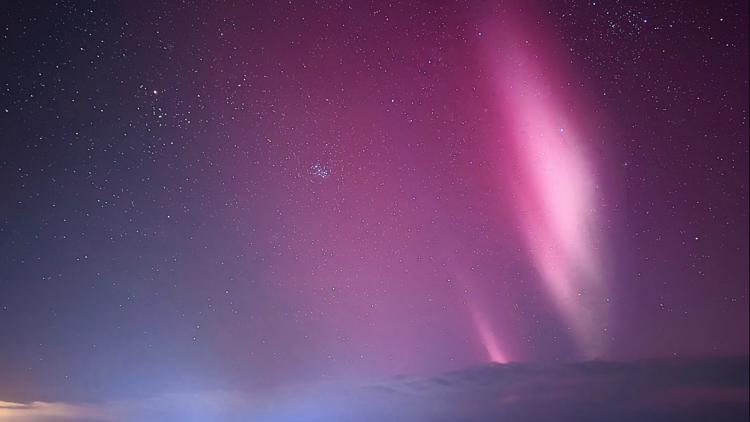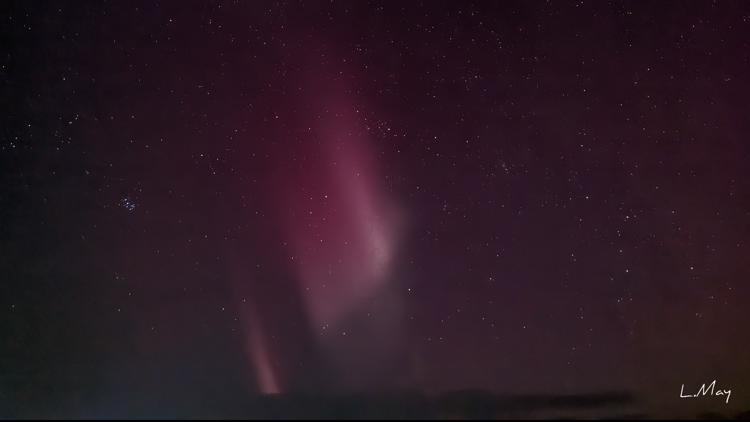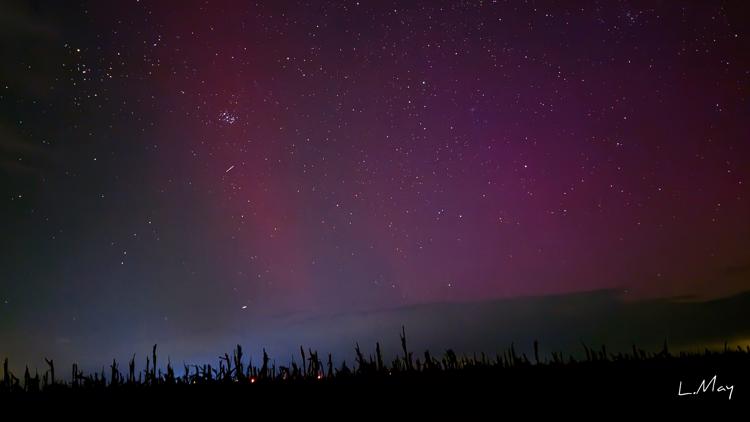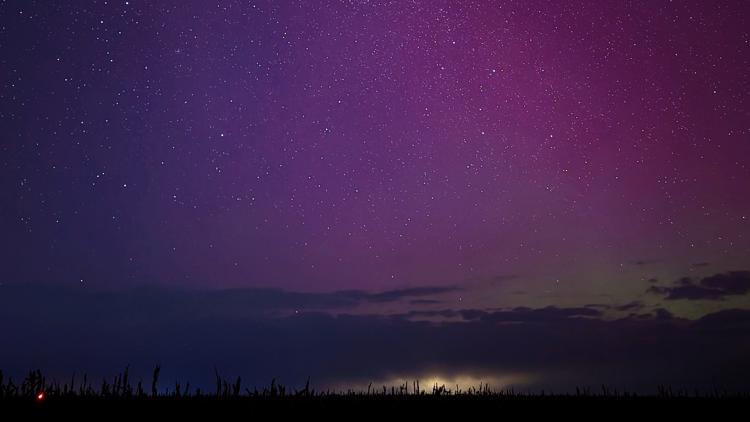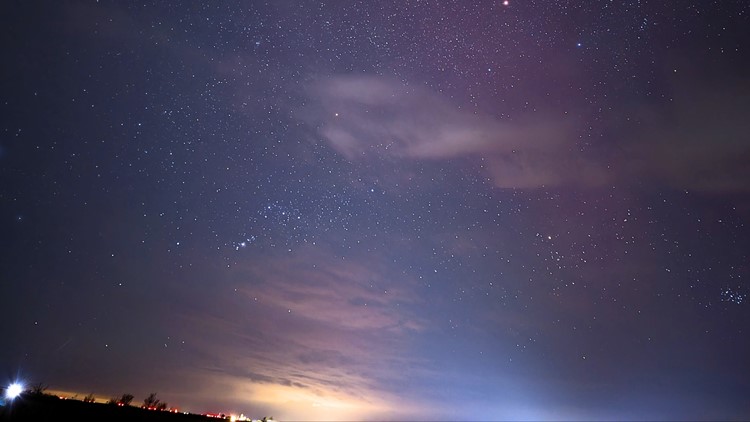COLORADO, USA — If you missed the spectacular aurora borealis light show that popped up over parts of Colorado on Thursday night, you may have more and better opportunities to see the northern lights in the coming months and years.
A looming peak in the solar maximum should create more opportunities to see the northern lights, including right here in Colorado.
Solar storms operate sort of like a heartbeat: They go through cycles. According to NASA, those solar cycles peak roughly every 11 years.
The last such solar maximum was in 2014, meaning we're getting closer to the next expected peak, which NASA says should come in mid-2025.
The aurora borealis is caused by solar flares (carried by solar winds) interacting with earth's atmosphere.
Because the solar flares interact with the magnetic field surrounding our planet, the solar flares enter at the poles, which are the weakest points in earth's magnetic field. That means you're likelier to see the northern lights the closer you are to the North or South Pole.
Northern Lights in Colorado
And obviously for us in the Northern Hemisphere, the further north you go, the better the odds for seeing the aurora borealis.
Solar storms usually will have a peak about once a month or so. The last two peaks in February and March produced stunning displays across the Northern Hemisphere.
Those last two peaks led to dazzling displays as far south as Colorado.
To get the best views of the Northern Lights, get away from city lights and go as far north as possible. For those of you in the Denver area, your best bet is usually to drive north into Wyoming or northeast towards Fort Morgan.
We may have yet another opportunity to see the bright solar lights again around late April.



